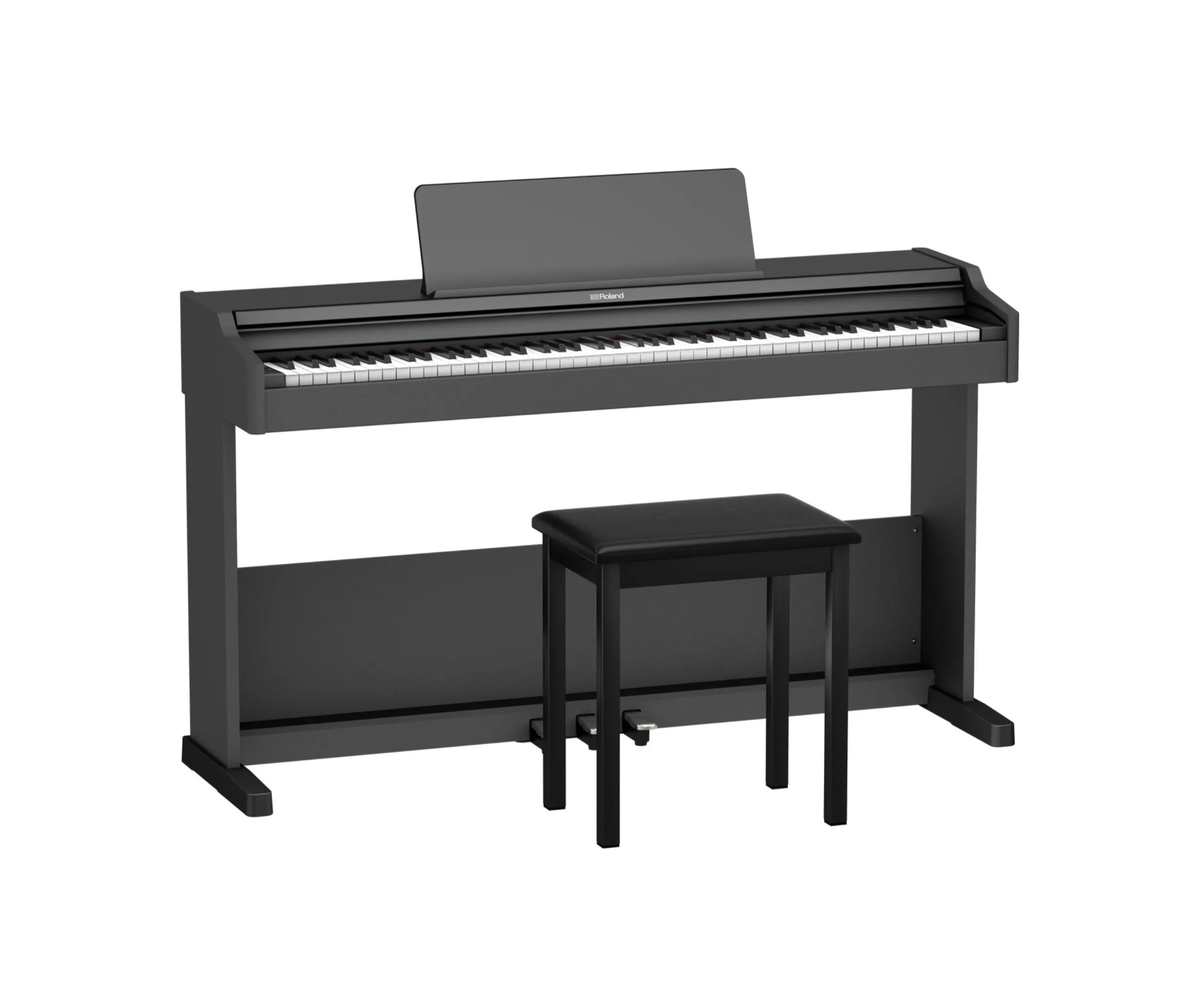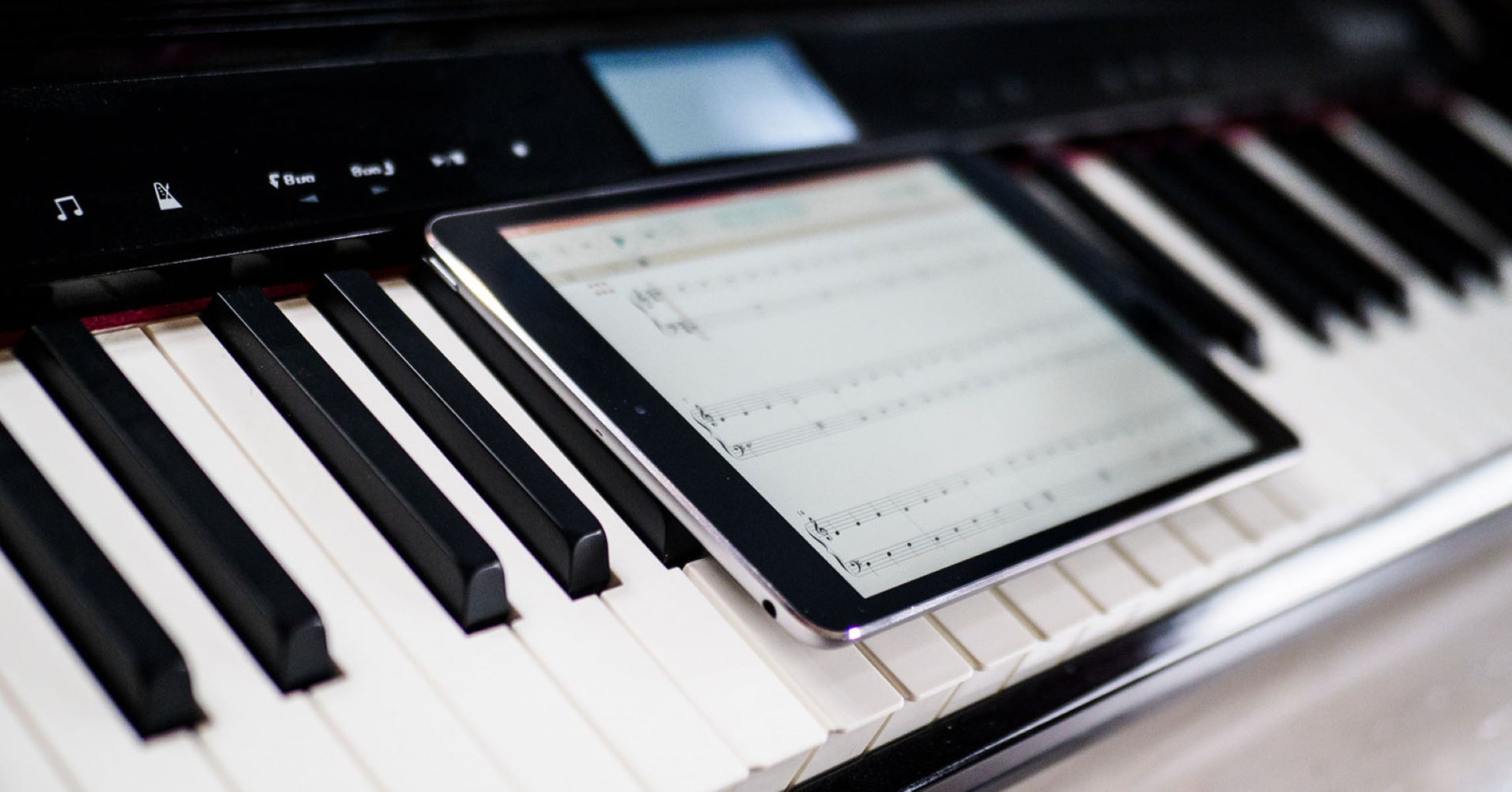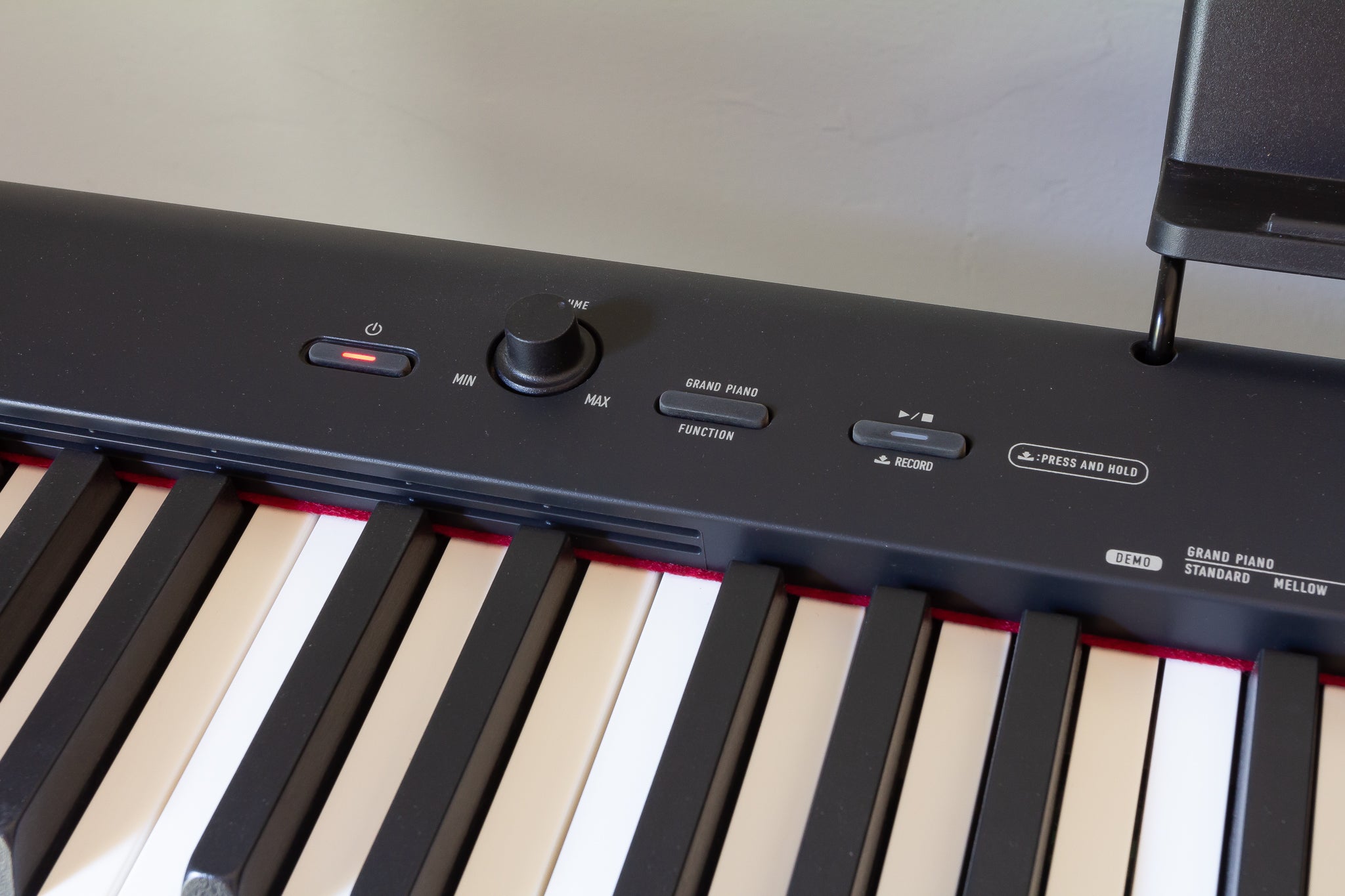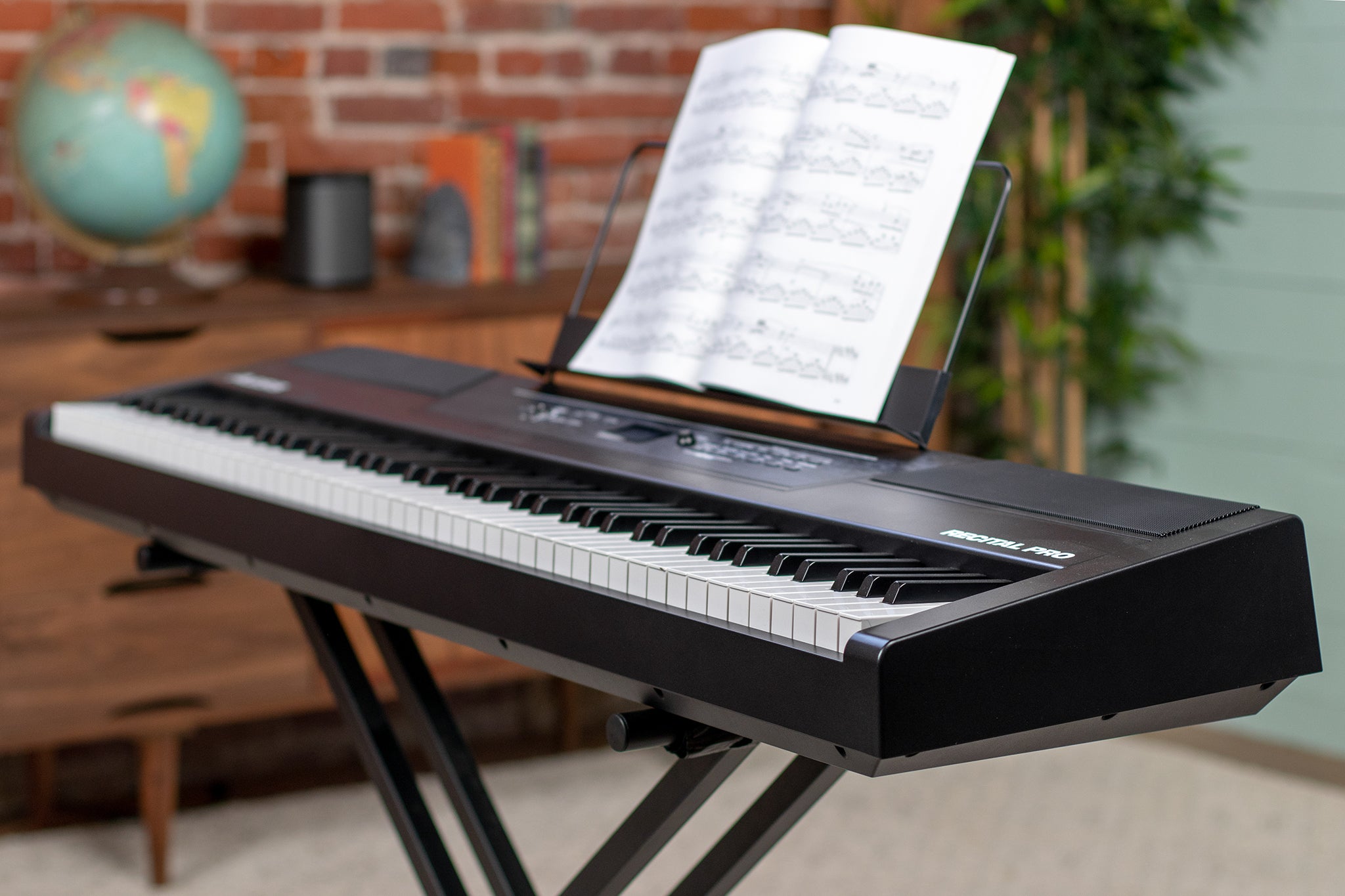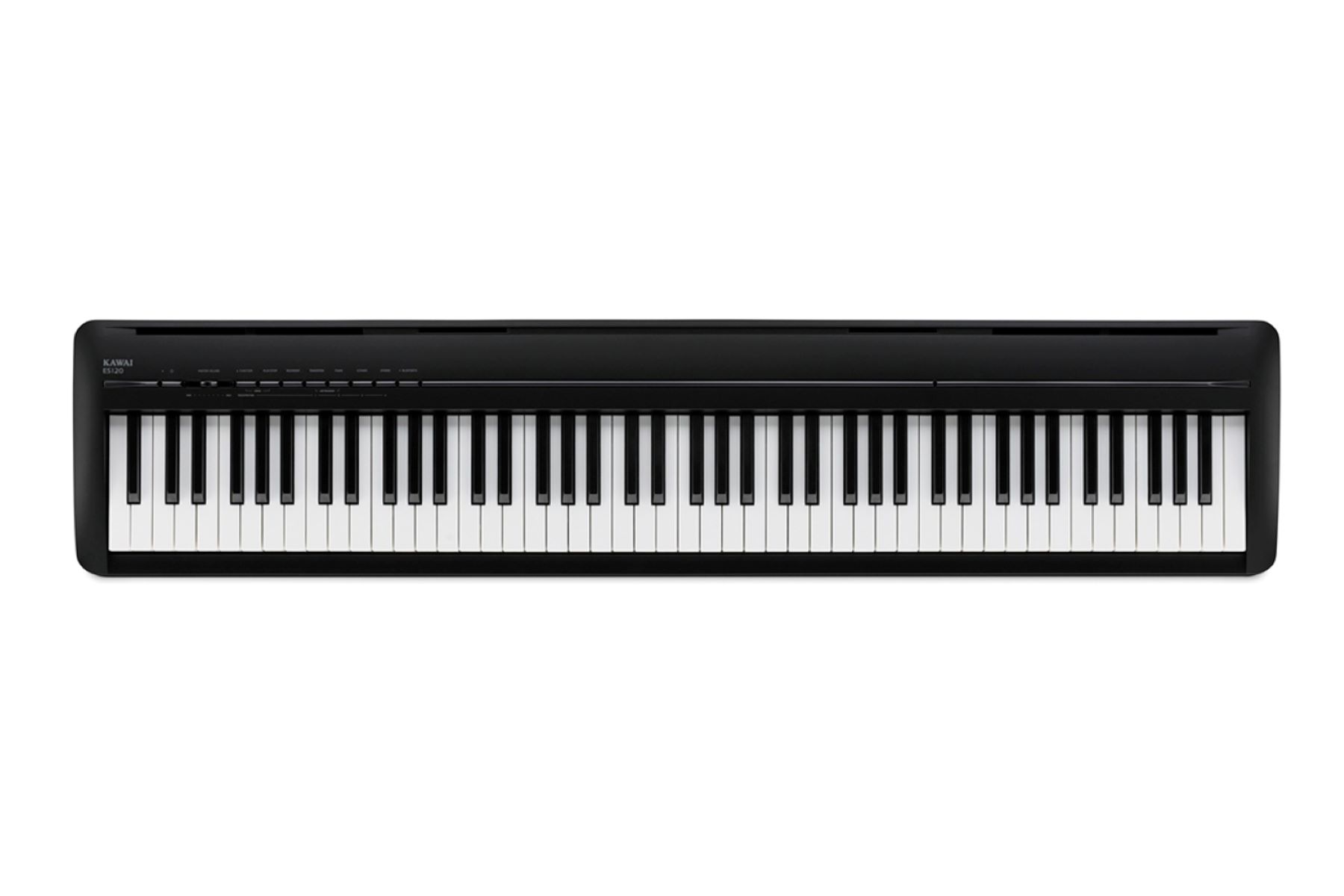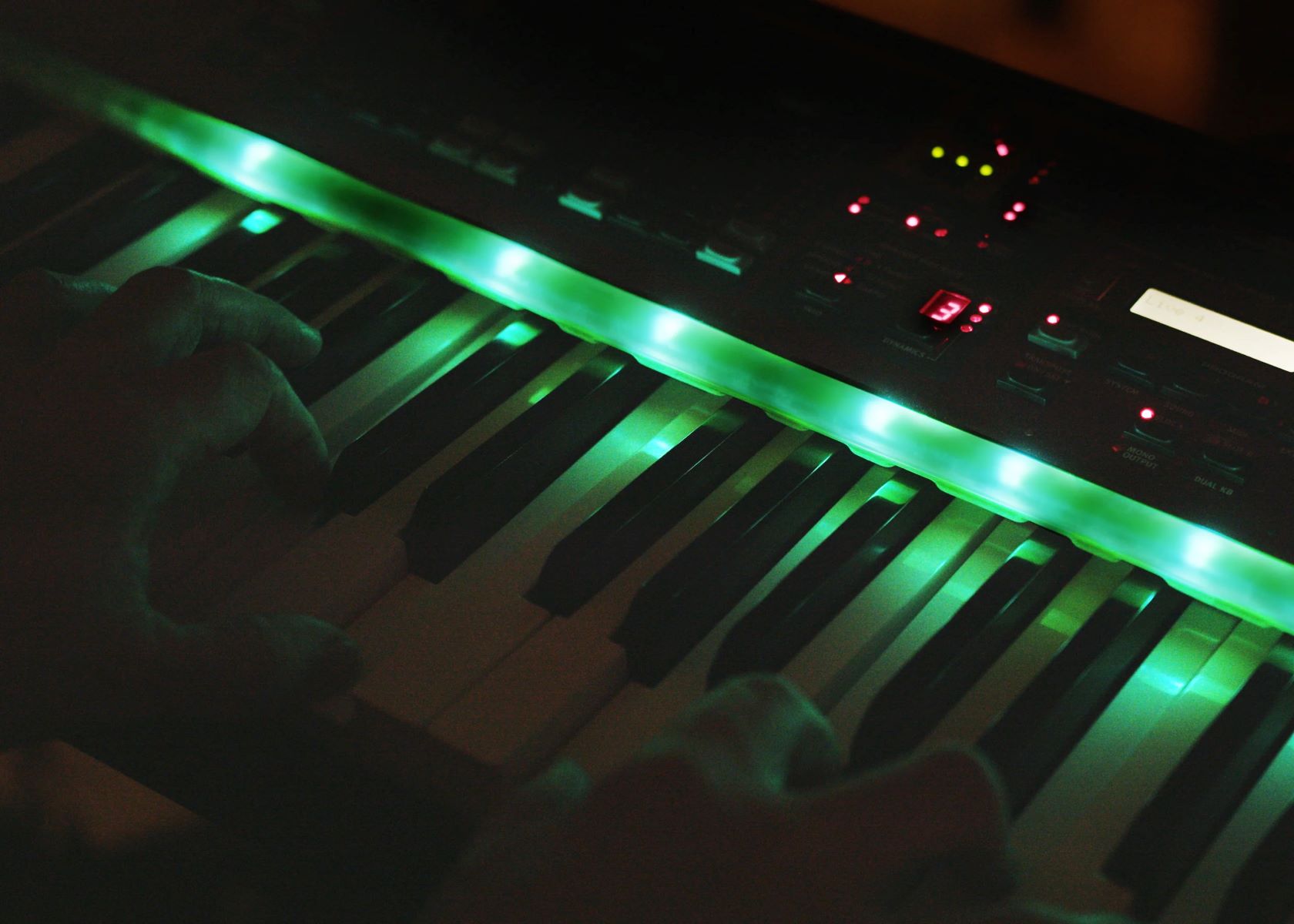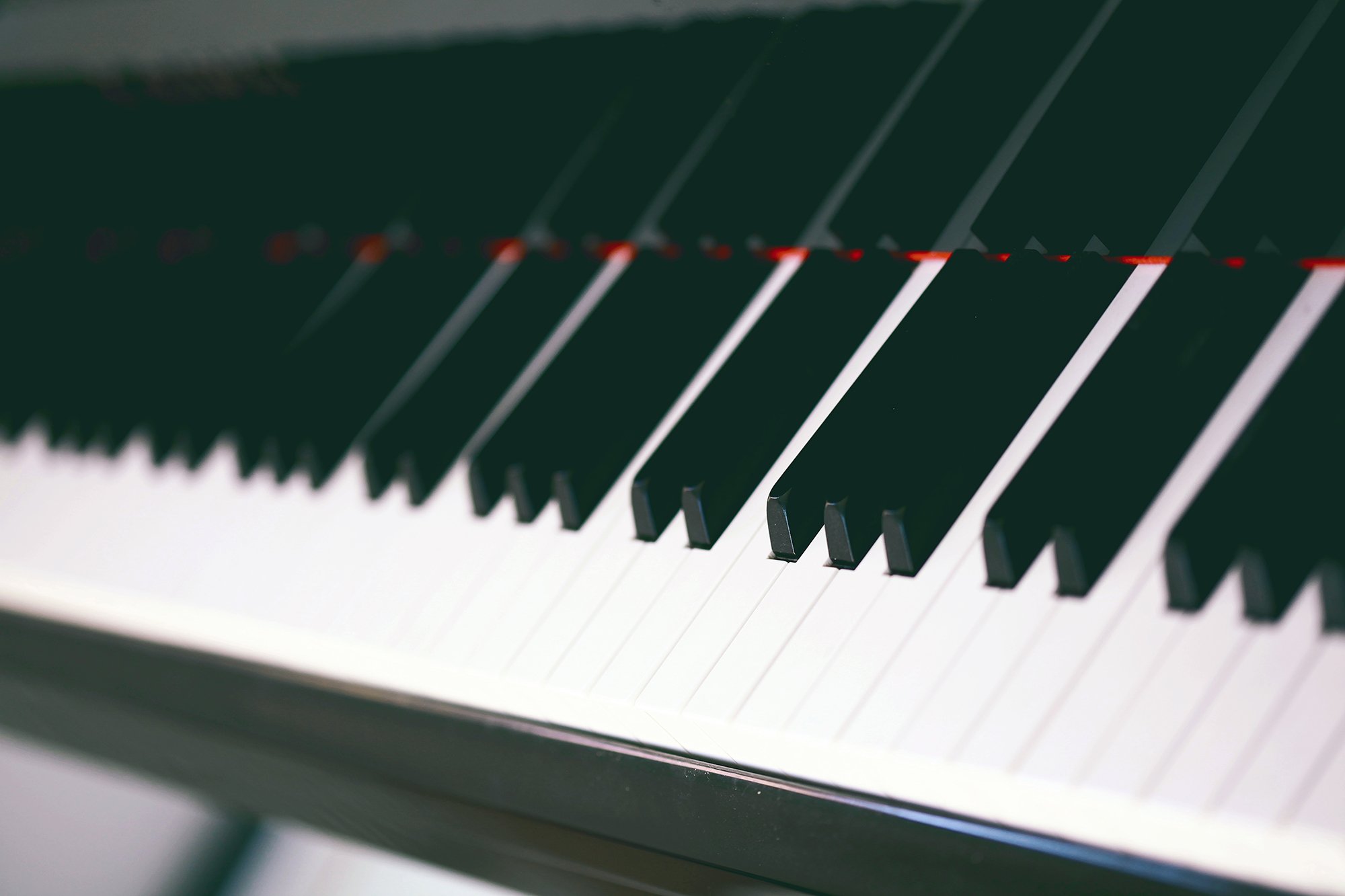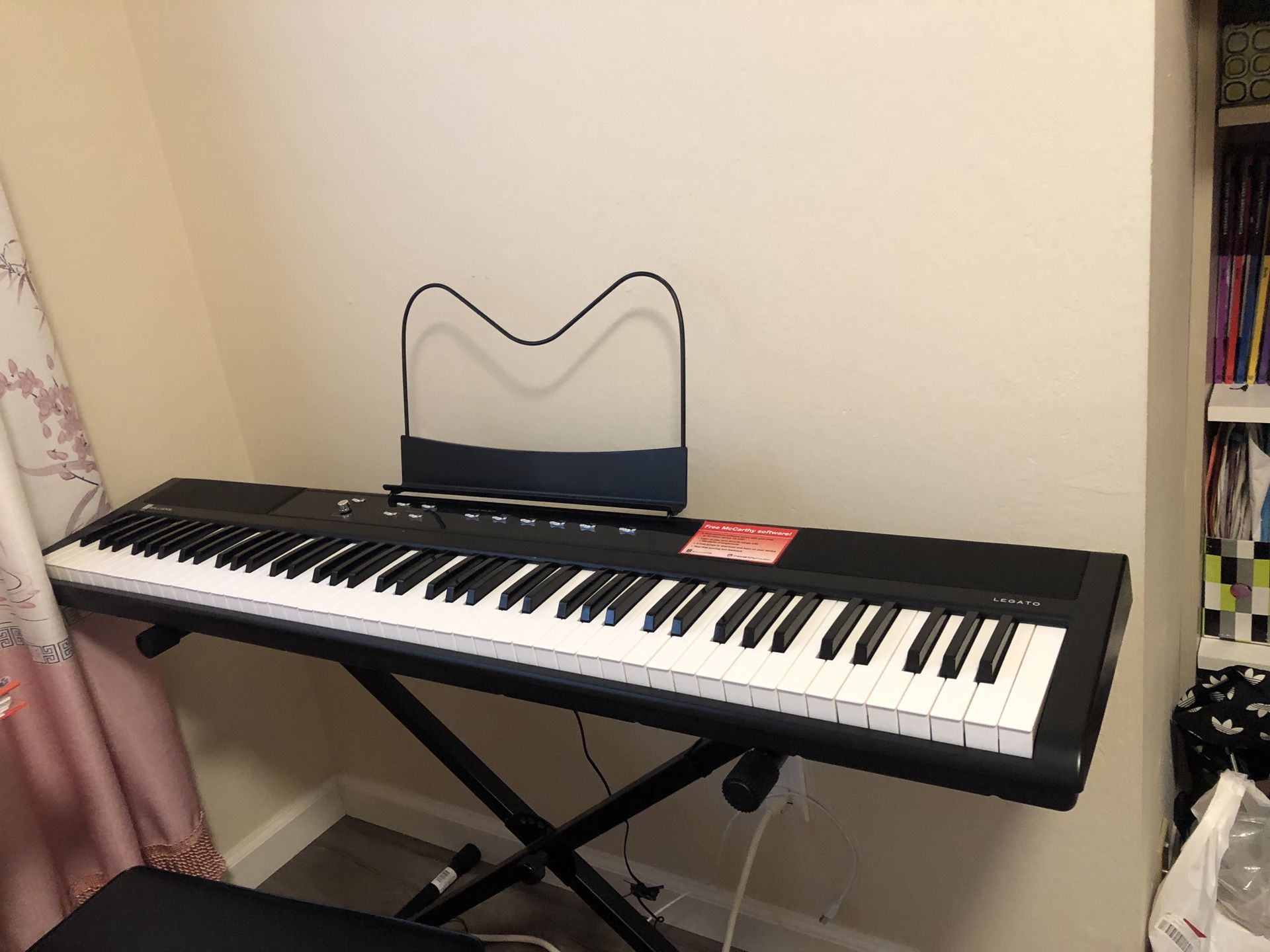Introduction
Understanding the Mechanism of Escapement on Digital Pianos
Have you ever wondered what makes playing a digital piano feel so remarkably similar to playing an acoustic piano? The answer lies in the intricate details of the digital piano's design and functionality. One of the key components that contribute to the authentic piano-playing experience is the escapement mechanism. In this article, we will delve into the concept of escapement and explore its significance in the realm of digital pianos.
The escapement mechanism plays a pivotal role in replicating the touch and feel of an acoustic piano on a digital platform. Understanding how this mechanism functions and its impact on the overall playing experience is essential for both aspiring pianists and enthusiasts seeking to invest in a high-quality digital piano.
As we embark on this exploration, we will unravel the mystery behind escapement, examine its adaptation in digital pianos, and shed light on the importance of this mechanism in shaping the tactile and auditory experience of playing a digital piano. Join us on this enlightening journey as we uncover the essence of escapement and its profound influence on the world of digital pianos.
What Is Escapement?
Escapement, in the realm of piano mechanics, refers to a crucial component that simulates the feel and response of an acoustic piano’s action. The term “escapement” originates from the early days of mechanical clockmaking and is integral to the functioning of both acoustic and digital pianos.
At its core, escapement represents the mechanism that enables the hammer to escape from the key after it has been struck, allowing for seamless repetition and producing the characteristic feel of a piano key being released. This intricate interaction between the key and the hammer is a defining feature of the escapement mechanism.
In traditional acoustic pianos, escapement is achieved through a series of complex mechanical interactions involving the key, hammer, and escapement lever. When a key is pressed, the hammer is propelled forward to strike the string, and the escapement mechanism ensures that the hammer is released from the key with precision, mimicking the natural escapement found in a grand piano.
This emulation of the escapement mechanism in digital pianos is a testament to the dedication of piano manufacturers in replicating the authentic touch and response of acoustic pianos. By integrating escapement into digital piano actions, manufacturers aim to provide pianists with a familiar and expressive playing experience, bridging the gap between traditional acoustic pianos and their digital counterparts.
Escapement on Digital Pianos
Translating the intricate mechanics of escapement into the digital realm involves a meticulous fusion of technology and artistry. Digital piano manufacturers have ingeniously incorporated escapement into the design of their instruments, aiming to replicate the nuanced touch and responsiveness of acoustic pianos.
On digital pianos, escapement is simulated through a carefully calibrated mechanism within the key action. When a key is pressed, the escapement system allows for a subtle “notch” or “bump” sensation, reminiscent of the escapement found in acoustic pianos. This tactile feedback mirrors the feel of a hammer escaping from a key after striking a string, lending a sense of realism and depth to the playing experience.
Furthermore, the integration of escapement in digital pianos contributes to the development of graded hammer action, a feature that mirrors the graded weight and responsiveness of keys on acoustic pianos. This innovation enhances the authenticity of the playing experience, as the keys offer varying resistance and response, akin to those of a traditional piano.
Moreover, the incorporation of escapement in digital pianos extends beyond mere replication, offering pianists the added advantage of customizable touch sensitivity. Players can adjust the level of escapement simulation to suit their preferences, tailoring the feel of the keys to align with their playing style and musical expression.
By harnessing advanced technology and precision engineering, digital piano manufacturers have successfully integrated escapement into their instruments, enriching the tactile and auditory experience for pianists while honoring the timeless tradition of piano craftsmanship.
Importance of Escapement
The incorporation of escapement in digital pianos holds profound significance in shaping the playing experience and fostering a seamless transition for pianists accustomed to acoustic instruments. This pivotal mechanism contributes to the authenticity, expressiveness, and overall artistry of digital piano performance.
One of the primary advantages of integrating escapement into digital pianos is the enhancement of tactile feedback. The subtle notch or bump sensation created by the escapement mechanism adds a layer of realism to the key action, allowing pianists to experience the nuanced touch and response akin to that of an acoustic piano. This tactile authenticity empowers pianists to convey their musical expression with greater depth and sensitivity, fostering a more immersive and expressive performance.
Furthermore, the presence of escapement in digital pianos facilitates the development of muscle memory and technique refinement for pianists. By replicating the familiar feel of an acoustic piano’s escapement, digital instruments provide a consistent and familiar playing experience, enabling pianists to hone their skills and adapt seamlessly between acoustic and digital platforms. This seamless transition is particularly valuable for pianists who frequently alternate between various pianos, ensuring a consistent touch and feel across different instruments.
Moreover, escapement plays a pivotal role in the evolution of digital piano actions, contributing to the advancement of graded hammer technology. The integration of escapement in conjunction with graded hammer action enables digital pianos to mirror the authentic weight and responsiveness of acoustic piano keys, offering pianists a dynamic and expressive playing experience that closely mimics the traditional instrument.
Ultimately, the importance of escapement in digital pianos transcends mere replication, as it serves as a bridge between tradition and innovation, offering pianists a familiar touch while harnessing the technological capabilities of digital instruments. This seamless fusion of tradition and modernity underscores the enduring relevance of escapement in shaping the future of piano performance and musical expression.
Conclusion
As we conclude our exploration of escapement on digital pianos, it becomes evident that this intricate mechanism plays a pivotal role in bridging the gap between the timeless allure of acoustic pianos and the innovative realm of digital instruments. The integration of escapement in digital pianos represents a harmonious convergence of tradition and technology, offering pianists an authentic and expressive playing experience while embracing the advancements of modern engineering.
By simulating the subtle nuances of escapement, digital pianos empower pianists to embark on a musical journey that transcends the limitations of traditional instruments. The tactile feedback, muscle memory reinforcement, and dynamic responsiveness facilitated by escapement contribute to a rich and immersive playing experience, enabling pianists to unleash their artistic potential with unparalleled depth and expressiveness.
Furthermore, the adaptation of escapement in digital pianos underscores the commitment of piano manufacturers to uphold the legacy of piano craftsmanship while embracing innovation. This dedication to authenticity and artistry ensures that pianists can seamlessly transition between acoustic and digital platforms, fostering a cohesive and enriching musical journey.
As technology continues to propel the evolution of musical instruments, the enduring relevance of escapement in digital pianos serves as a testament to the timeless allure of traditional piano mechanisms. This fusion of tradition and innovation not only preserves the essence of piano performance but also paves the way for a new era of expressive possibilities, where pianists can harness the best of both worlds to create captivating and emotive musical experiences.
In essence, escapement on digital pianos represents the harmonious synergy of heritage and progress, offering pianists an unparalleled avenue to channel their creativity and passion. As we look to the future of piano craftsmanship and performance, the enduring influence of escapement serves as a testament to the enduring legacy of this captivating mechanism in shaping the art of piano playing.







